

Setting sail on a new journey, forging ahead with determination to continue the legacy. We warmly celebrate the successful conclusion of the First 350+ High-Energy-Density Lithium-Ion Battery Materials and Safety Symposium! The 350+ High-Energy-Density Lithium-Ion Battery Materials and Safety Symposium was successfully held in Changzhou, Jiangsu Province on March 20 and concluded on the 22nd. This marks another significant event in the lithium-ion battery field.
The symposium was organized byHytzer New Energy (Changzhou) Co., Ltd with the China Academy of Sciences Qingdao Institute of Bioenergy and Bioprocess Technology, the Qingdao Energy Storage Industry Technology Research Institute, and the Qingdao SLDA Energy Storage Industry Technology Research Institute Co., Ltd. serving as co-organizers. The symposium attracted nearly 200 experts, scholars, entrepreneurs, and professionals from around the world in the lithium-ion battery field. Participants engaged in in-depth discussions and exchanges on cutting-edge scientific issues, key materials, preparation technologies, advanced characterization techniques, and industrial technical challenges related to 350+ high-energy-density lithium-ion batteries. Participants shared their research findings, industry experiences, and cutting-edge technologies from diverse perspectives, offering valuable suggestions and insights for the development and safety of lithium-ion battery materials.
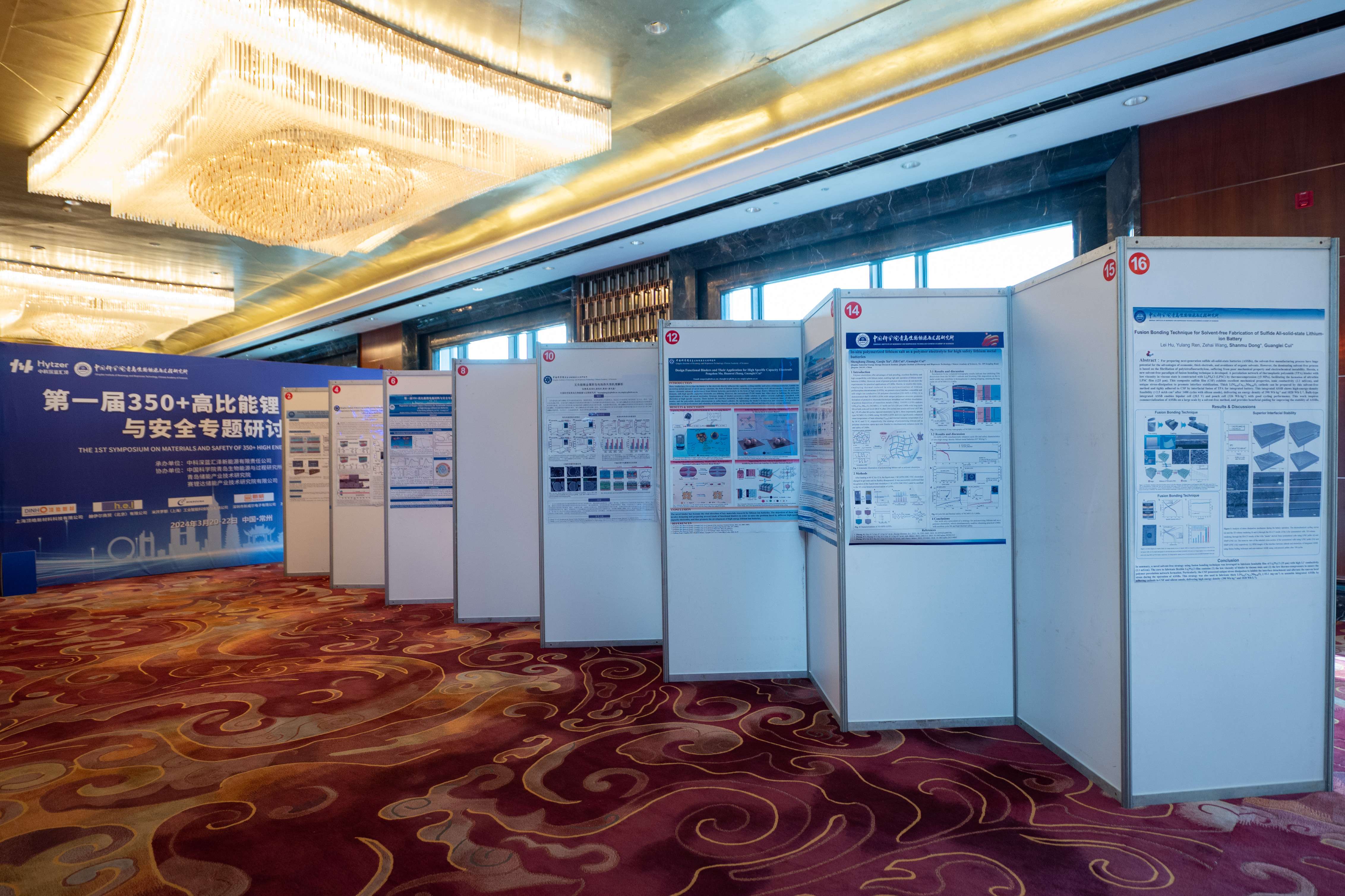
During the three-day symposium, participants engaged in in-depth discussions on hot topics such as high-capacity cathode materials, silicon anodes, binders, electrolytes, lithium salts, solid-state electrolytes, thermal safety, in-situ characterization techniques, and artificial intelligence. They collectively explored the prospects for industry development and the challenges of technological innovation, contributing their wisdom and efforts to advancing material innovation and technological upgrades for high-energy-density, high-safety lithium-ion batteries. The workshop also invited authoritative experts and representatives from well-known companies in various fields to deliver keynote speeches and participate in roundtable discussions.
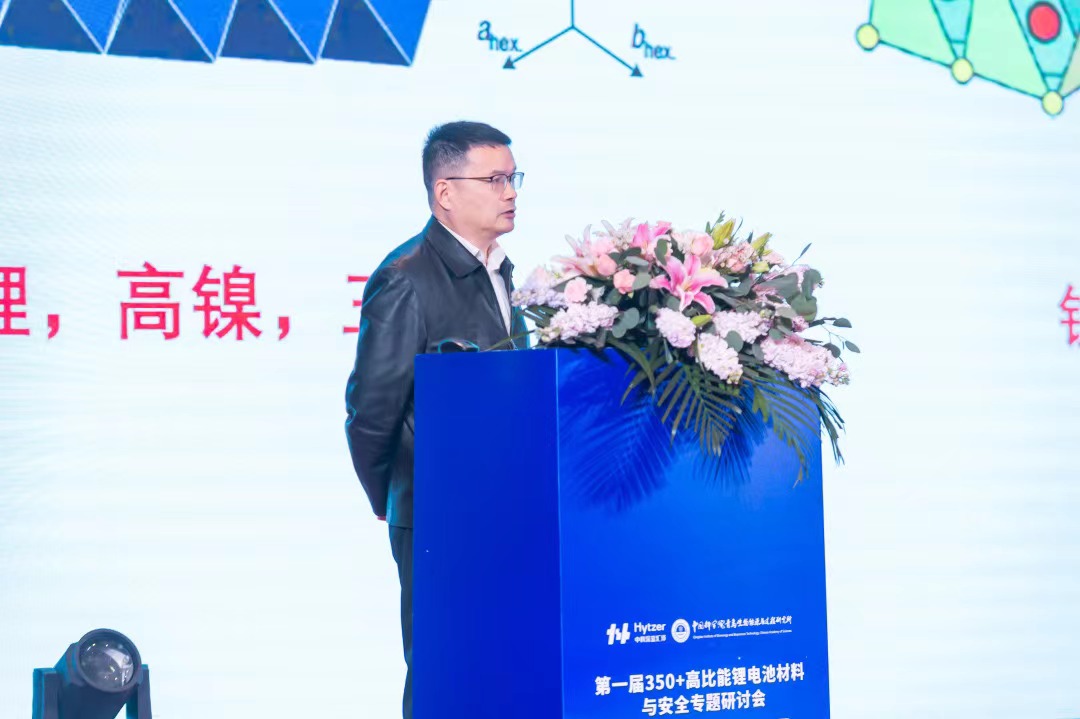
Professor Xia Dingguo from Peking University delivered a report titled “The Past, Present, and Future of High-Capacity Lithium-Rich Cathode Materials,” reviewing the development history of lithium-rich cathodes, summarizing the bottleneck issues currently faced in both basic science research and industrial applications, outlined the future prospects for lithium-rich cathodes, and identified the key issues that need to be addressed at different stages of development for lithium-rich manganese-based cathode materials, thereby clarifying the research direction for the practical application of lithium-rich manganese-based cathodes.
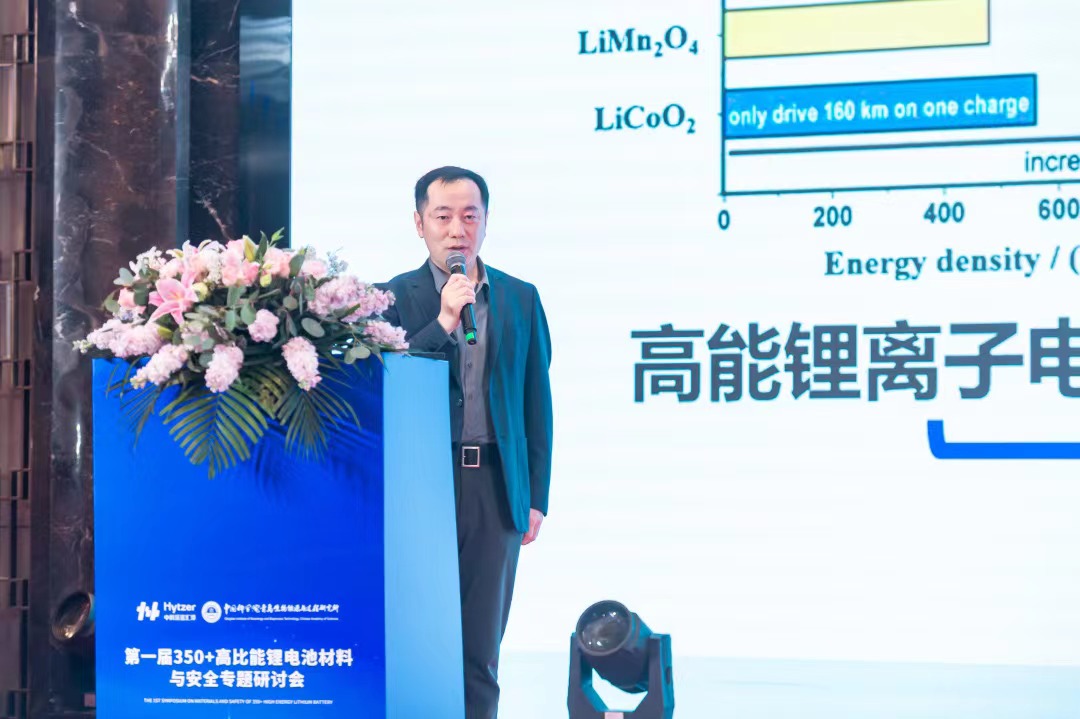
In his report titled “Interface Engineering of High-Energy Lithium-Rich Manganese-Based Layered Oxides,” Professor Wei Haijun from Beijing University of Technology focused on a series of fundamental scientific and applied engineering issues related to LLOs. He systematically introduced research progress in areas such as crystal structure analysis, crystal structure evolution, electrochemical reaction mechanisms, microstructural design and regulation of materials, interface design and optimization of materials, and the adaptability of materials in batteries. He specifically explored strategies to enhance the long-term cycling stability of LLOs materials through interface engineering.
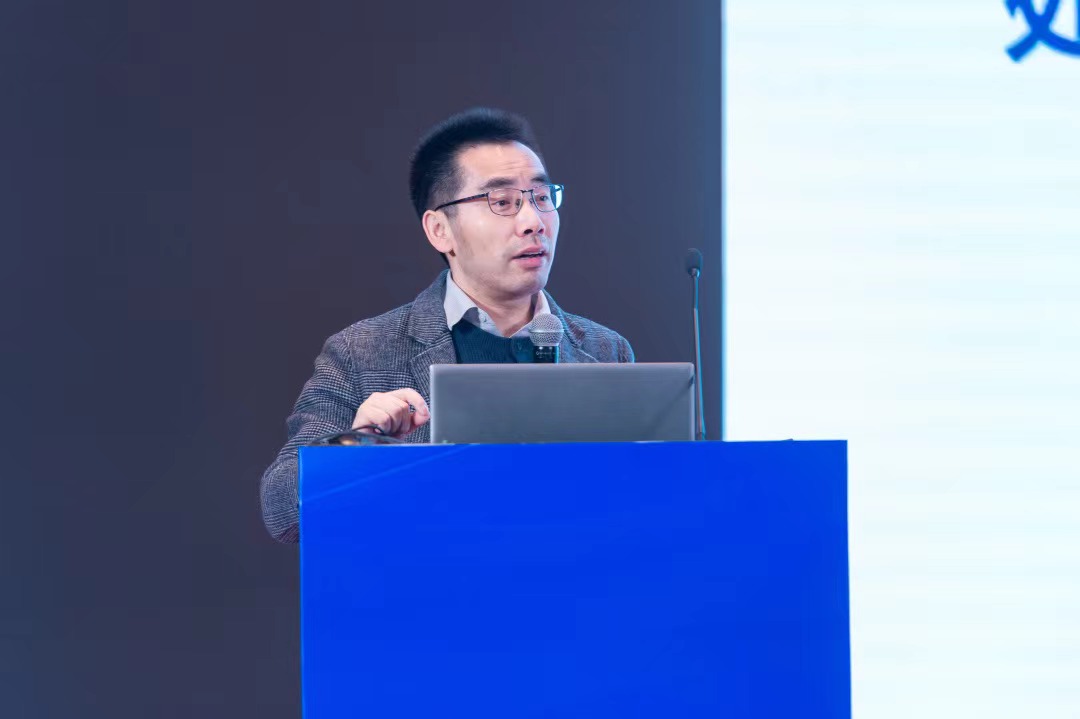
Researcher Cao Anmin from the Institute of Chemistry, Chinese Academy of Sciences, presented a report titled “Study on Surface Lattice Reconstruction and Stability of Cathode Materials,” focusing on the precise regulation of the surface layer structure of electrode materials and exploring the instability mechanisms and stabilization pathways of electrode materials. The report highlighted a processing technique that uses wet chemical methods to construct a nano-uniform coating layer on the surface of cathode materials, combined with controlled thermal injection of the coating layer into the cathode material, to achieve surface lattice reconstruction of the cathode.
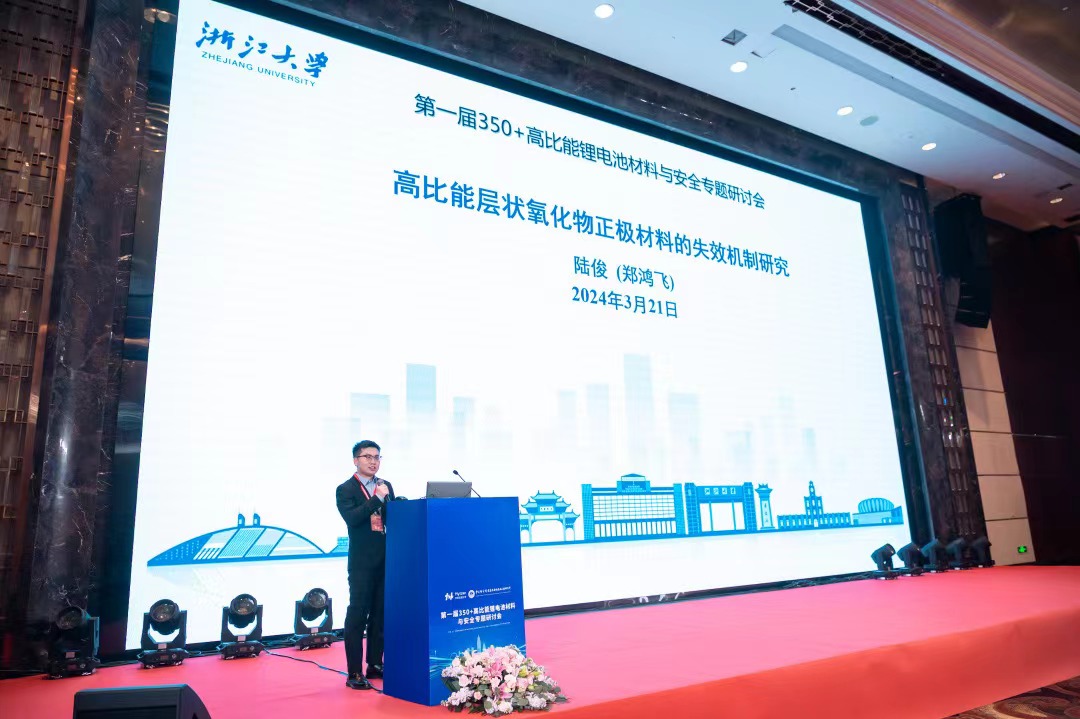
Professor Lu Jun from Zhejiang University (Dr. Zheng Hongfei, Postdoctoral Researcher) presented a report titled “Study on the Energy Storage Mechanism of High-Energy-Density Layered Oxide Cathode Materials,” introducing the latest research progress in analyzing the structural degradation and performance decline mechanisms of layered cathode materials using advanced characterization techniques such as synchrotron radiation spectroscopy and imaging, aberration-corrected transmission electron microscopy, and other advanced characterization techniques to analyze the structural degradation and performance decline mechanisms of layered cathode materials. He first revealed that lattice strain accumulation is the fundamental cause of structural distortion and performance decline, opening up new strategies for structural stress regulation and providing theoretical guidance for the development of high-energy-density layered oxide cathode materials.
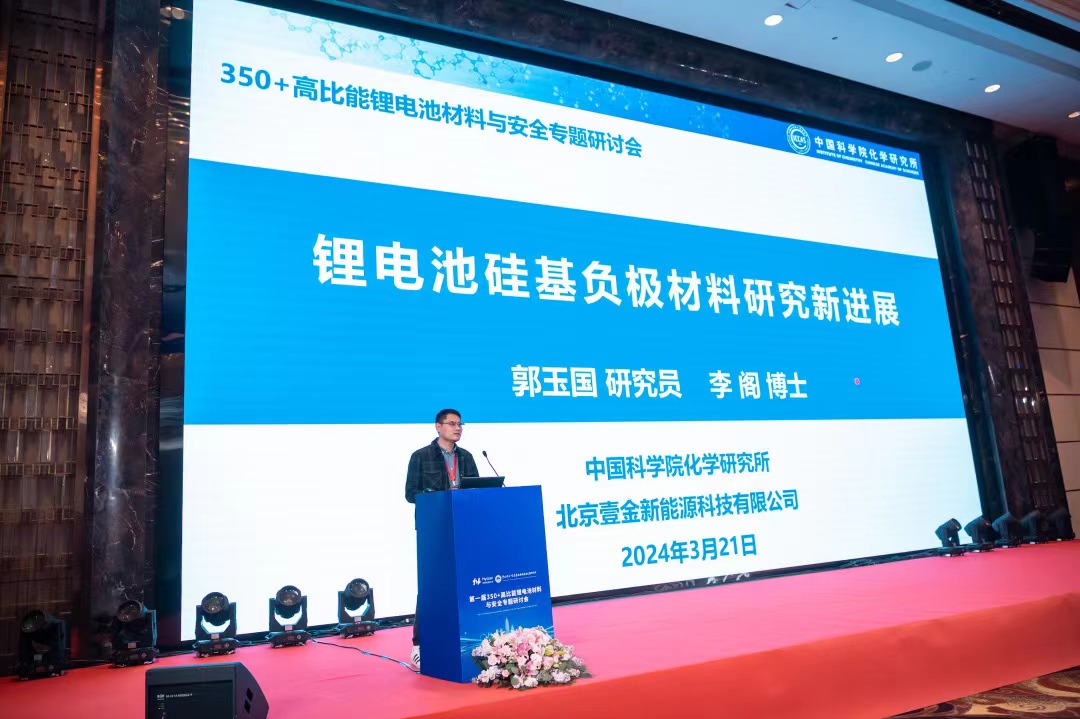
Researcher Guo Yuguo (Li Ge) from the Institute of Chemistry, Chinese Academy of Sciences, delivered a report titled “New Advances in Lithium-ion Battery Silicon-Based Anode Research,” reviewing the development history of silicon anodes and key technological milestones, identifying the challenges and difficulties faced in both industrialization and scientific research, and introducing the principles behind the group's recent efforts to enhance the cycling stability of silicon anodes through carbon coating and electrolyte modification techniques. Finally, he pointed out that the silicon content in industrialized silicon-carbon anodes currently ranges between 5% and 10%, and that future efforts should focus on increasing the silicon content in silicon-carbon anodes through various technical means while maintaining their excellent cycling stability.
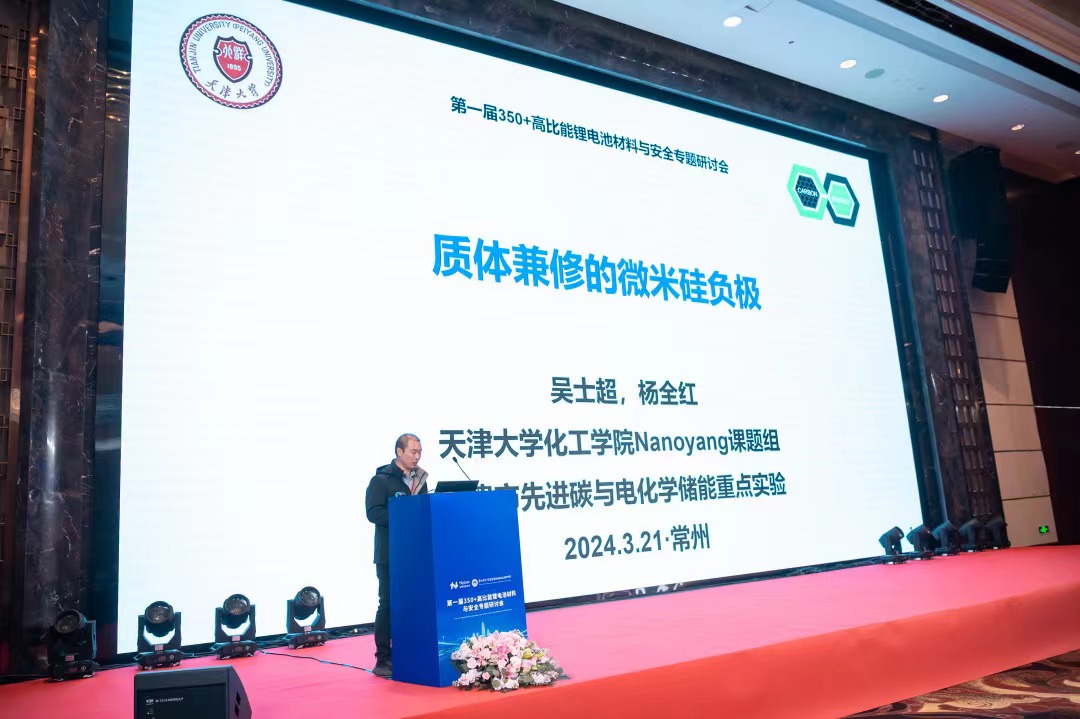
Professor Yang Quanhong from Tianjin University delivered a report titled “Micron-sized Silicon Anodes with Both Quality and Quantity,” highlighting the advantages of micron-sized silicon anodes in terms of material cost, tap density, and volumetric energy density. He pointed out that the rapid degradation of micron-sized silicon is fundamentally caused by the inactivation of electronic pathways due to the fragmentation of silicon particles. The report outlined the research team's strategies over the past few years to address the cycling stability of micron-sized silicon anodes through carbon coating and liquid metal composite micron-sized silicon anodes.
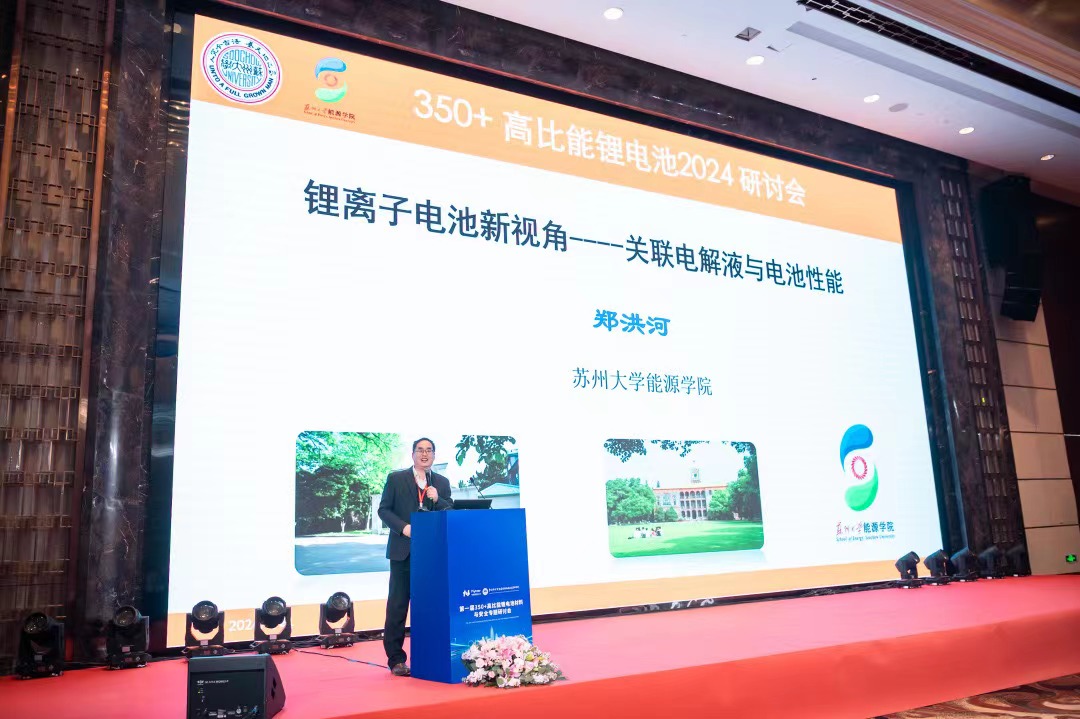
Professor Zheng Honghe from Soochow University presented a report titled “A New Perspective on the Modification and Modification of Silicon Anodes in Lithium-ion Batteries,” introducing the main advantages of silicon anode materials. He also introduced the research group's recent methods for modifying the surface of silicon anodes, proposing the use of polar functional groups to modify the silicon surface, thereby addressing the issue of poor cycling stability of silicon. He also highlighted the cycling advantages of silicon dioxide anodes over silicon anodes, noting that the formation of silicates in silicon dioxide is a key factor in its cycling stability.

Professor Huang Yunhui from Huazhong University of Science and Technology delivered a report titled “Designing Artificial Solid-State Electrolyte Interfaces to Construct High-Energy-Density Lithium Batteries with 400 Wh/kg.” Starting from the thermal transport properties of ternary high-energy-density cathodes and polymer-based composite current collectors, he emphasized the safety boundaries between batteries and energy density. He also introduced the functional effects of electrolytes in high-energy-density battery electrolyte design. Regarding the construction of MoS₂ artificial solid-state electrolyte interfaces, the design of in-situ polymerized flame-retardant polymer electrolytes, and self-healing interface regulation, he outlined the team's research progress in lithium metal batteries and emphasized the impact of interface performance on lithium batteries.

Professor Cao Yuliang from Wuhan University delivered a report titled “Research on Low-Temperature Electrolytes Based on Ion-Solvent Structure Regulation.” The report described the development of several super electrolytes by adjusting the electrolyte formulation, enabling lithium-ion batteries to operate at ultra-low temperatures. It was pointed out that in the design of electrolytes, factors such as the melting point, dielectric constant, viscosity, affinity for Li+ ions, and the overall solvation structure of the electrolyte must be comprehensively considered. This strategy provides an encouraging approach for the design of advanced electrolytes.
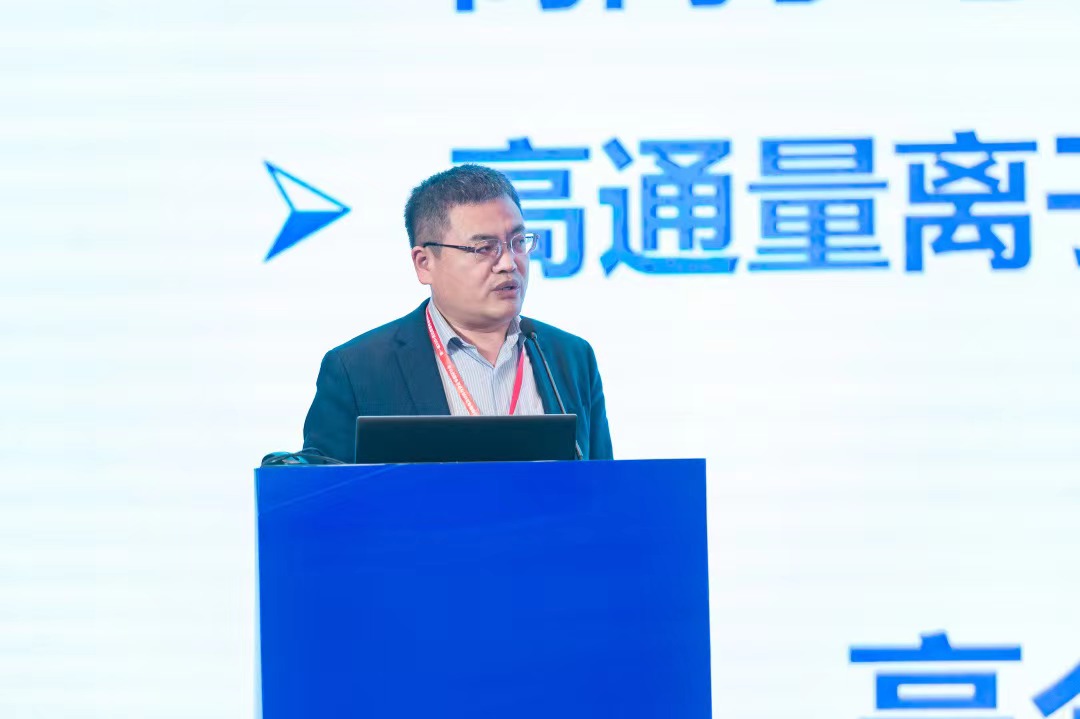
Professor He Yanbing from Tsinghua University presented a report titled “High-Dielectric Composite Solid-State Electrolytes,” addressing the scientific challenges of “cross-interface, cross-phase, and cross-gap” ion transport in solid-state battery systems. He introduced important research advances, including the in-situ solidification mechanism of interface reactions, new coupling methods for dielectric ceramic materials, strategies for constructing low-oxidation potential stable interface layers in cathode materials, and the concept of quantifiable ion transport flux.
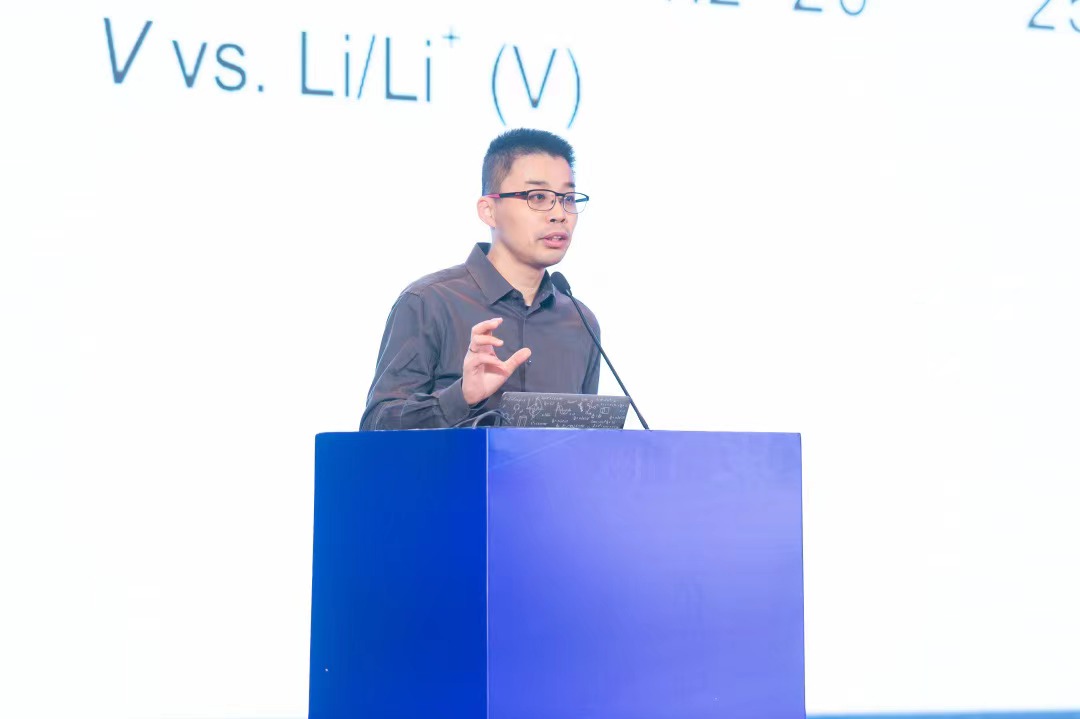
Professor Ji Hengxing from the University of Science and Technology of China presented a report titled “Metal Lithium Anodes Based on Solid Solution Alloy Phases.” The report addressed issues such as dendrite growth and severe interfacial side reactions in existing lithium metal anodes, proposing the use of Ag, Zn, Mg, and other metals to modify lithium metal anodes. It was noted that solid solution alloy anodes composed of LiAg showed the most significant improvement in lithium metal performance. This method not only retains the high specific capacity and low voltage advantages of lithium metal but also effectively improves the cycling stability of the lithium metal anode, achieving high cycling stability in pouch batteries.
Professor Guo Xiangxin from Qingdao University presented a report titled “Research Progress on Oxide Solid Electrolytes and Solid-State Batteries.” Based on his years of research on oxide-based solid electrolytes and solid-state batteries, Professor Guo discussed the key issues and solutions faced in the practical application of oxide solid electrolyte materials, including ionic conductivity, high-conductivity stable electrolyte membranes, electrolyte-cathode composite electrodes, and electrolyte-anode composite electrodes. He further discussed design concepts and preparation methods for achieving high energy density and safety, including cathode support, lightweight solid electrolyte layers, and integrated electrode-electrolyte structures.
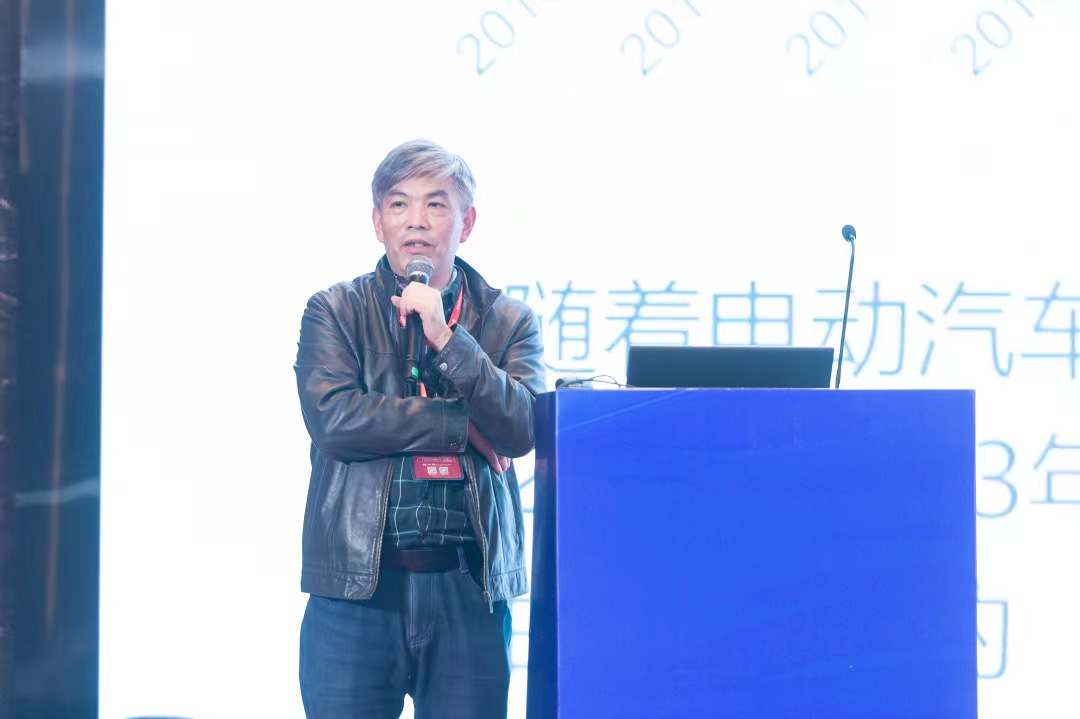
Professor Ai Xinping from Wuhan University delivered a report titled “Battery Self-Initiated Reaction Control Technology,” addressing the “safety anxiety” issue in batteries. He proposed that establishing battery self-protection technology is an effective approach to improving the inherent safety of lithium-ion batteries and also an important direction for the development of battery intelligentization technology. He provided an in-depth overview of voltage clamping methods such as electro-oxidation polymerization, redox shuttles, and voltage-sensitive separators, as well as overheating protection methods like positive temperature coefficient electrodes (PTC electrodes) and thermal shutdown separators. Based on this, he briefly analyzed and outlined the existing issues and future development directions of these technologies from a practical application perspective.
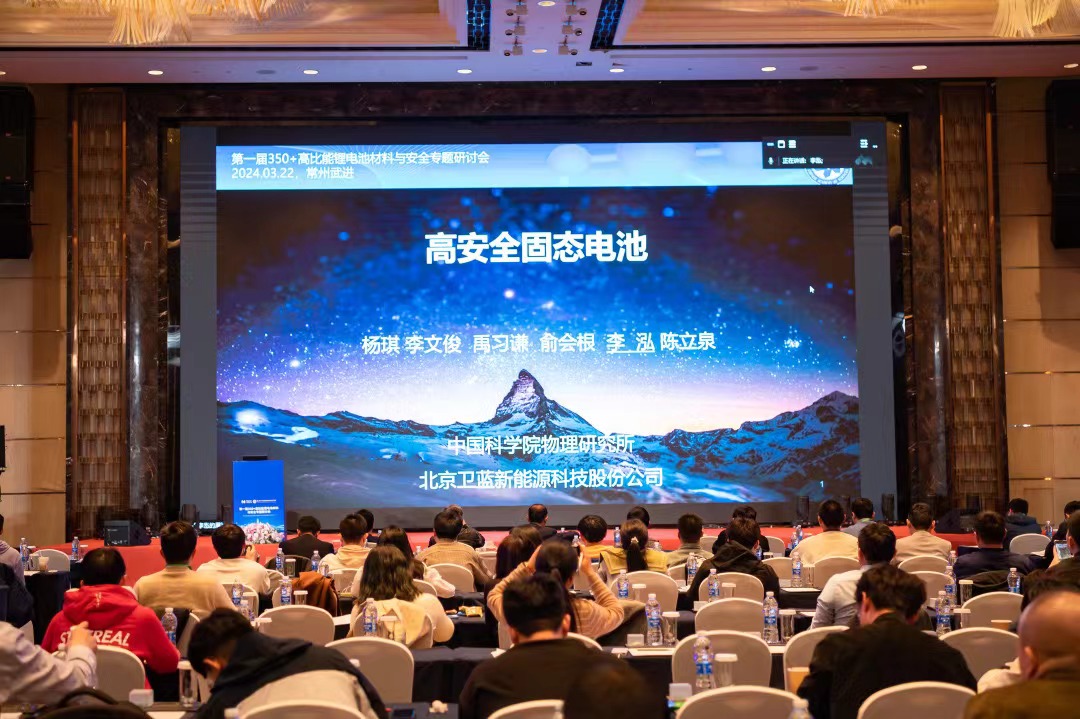
Researcher Li Hong from the Institute of Physics, Chinese Academy of Sciences, delivered a report titled “High-Safety Solid-State Batteries,” highlighting the importance of developing high-energy-density, high-safety all-solid-state batteries (>350 Wh/kg, 800 Wh/L) to address the issues of low energy density and poor safety in existing liquid lithium-ion batteries. Dr. Li Hong highlighted the challenges, issues, and corresponding solutions in all-solid-state battery technology, and introduced the Institute of Physics' work in fundamental research and industrialization of solid-state batteries, silicon-based anodes, and solid-state battery separators. He also presented a comprehensive solution using in-situ solidification technology to address existing issues in all-solid-state batteries and outlined the technological development roadmap from liquid to all-solid-state batteries.
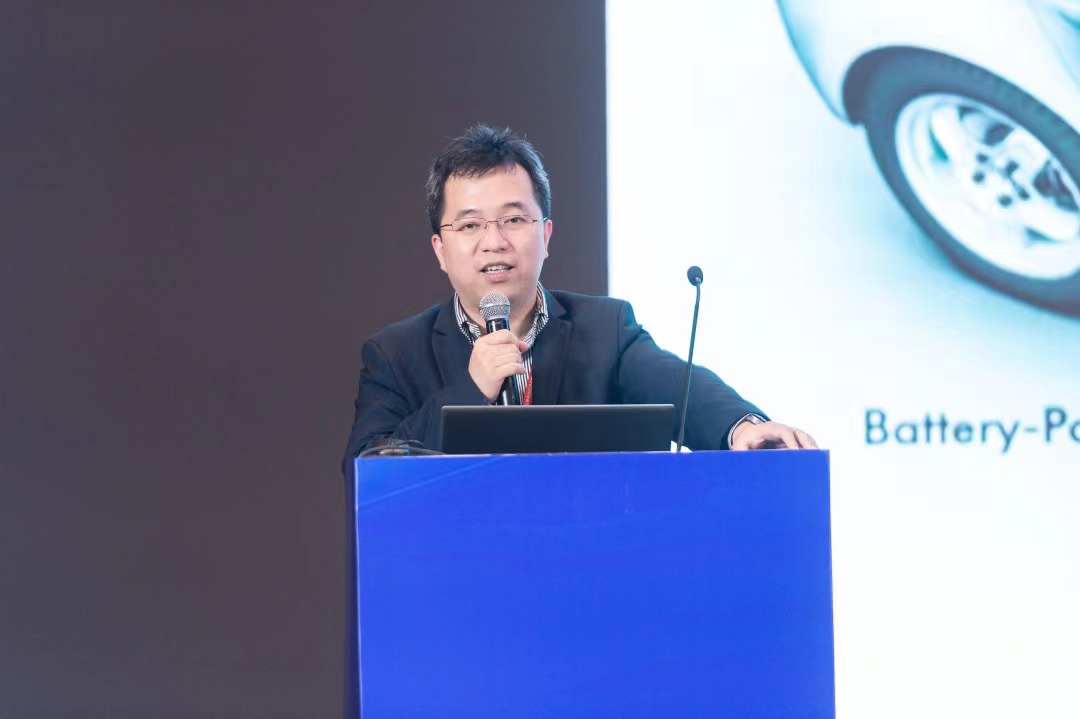
Professor Zhang Qiang from Tsinghua University delivered a report titled “Recent Advances in Composite Lithium Anodes for High-Energy-Density Batteries,” addressing the challenges posed by lithium dendrite formation and the unstable solid-liquid interface film (SEI film), which significantly hinder the development and application of lithium-metal batteries. He presented the concept of lithium bond chemistry and analyzed the lithium bond chemical patterns on the lithium interface within composite anodes, effectively constructing high-performance composite electrode materials, thereby enabling the practical application of carbon-based composite anodes in high-energy-density batteries.
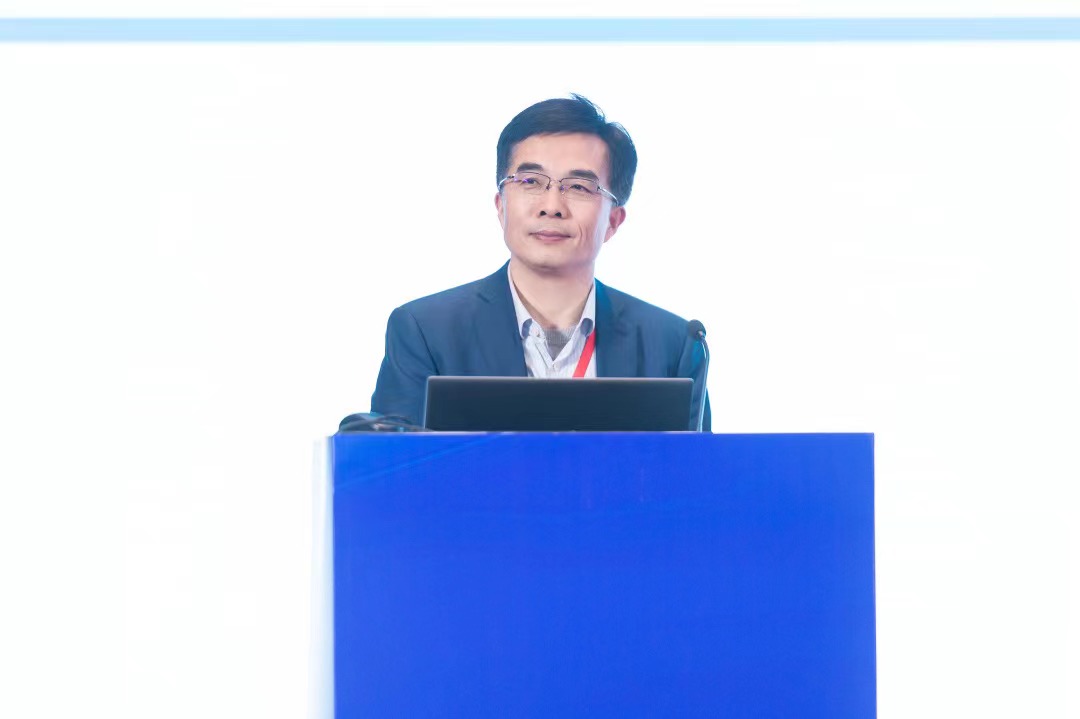
Researcher Cui Guanglei from the Qingdao Institute of Bioenergy and Bioprocess Technology of the Chinese Academy of Sciences delivered a report titled “Failure Mechanisms and Improvement Strategies for High-Energy-Density Lithium Batteries.” He first introduced the electrical, chemical, mechanical, thermal failure mechanisms of high-energy-density lithium batteries. He then introduced research progress on solution strategies such as synthesizing multifunctional electrolyte additives, designing polymer electrolyte systems with intelligent thermal response self-protection mechanisms, developing inherently high-safety inorganic all-solid-state batteries, and in-situ integrated battery fabrication technologies. Finally, he demonstrated the application of high-energy-density, high-safety specialty battery systems in electric vehicles, mobile energy storage, and deep-sea special equipment power supply systems.
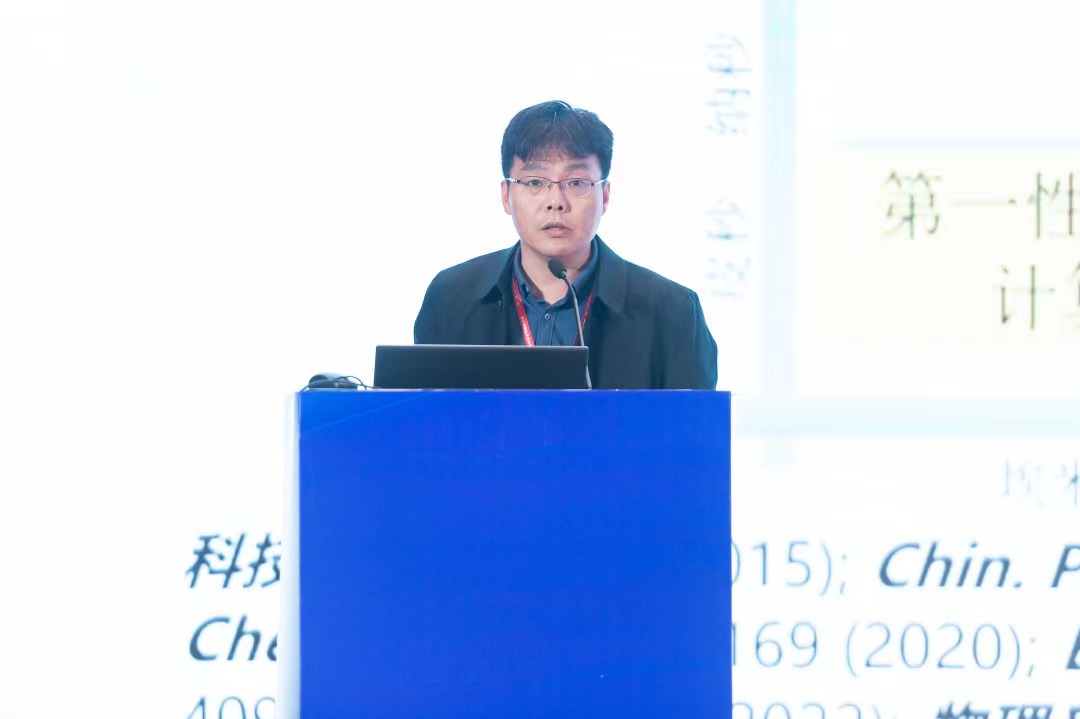
Professor Shi Siqi from Shanghai University delivered a report titled “Study on the Regulation of the Fermi Level and Specific Energy of Battery Cathodes Based on Coordination Field Theory,” which combines coordination field theory methods with first-principles calculation methods that can directly compute electron distribution and occupation characteristics. The report provides a detailed discussion of computational models for the Fermi level that determines voltage during ion insertion/extraction electrochemical processes, the formula for calculating crystal field stabilization energy to assess phase structure stability, and the theoretical model for regulating anion redox activity. He also introduced two novel electrode materials: a lightweight carbon-based LiBCF₂ cathode and a lithium-free V₁.₇₅Cr₀.₂₅S₄ solid-state battery cathode.
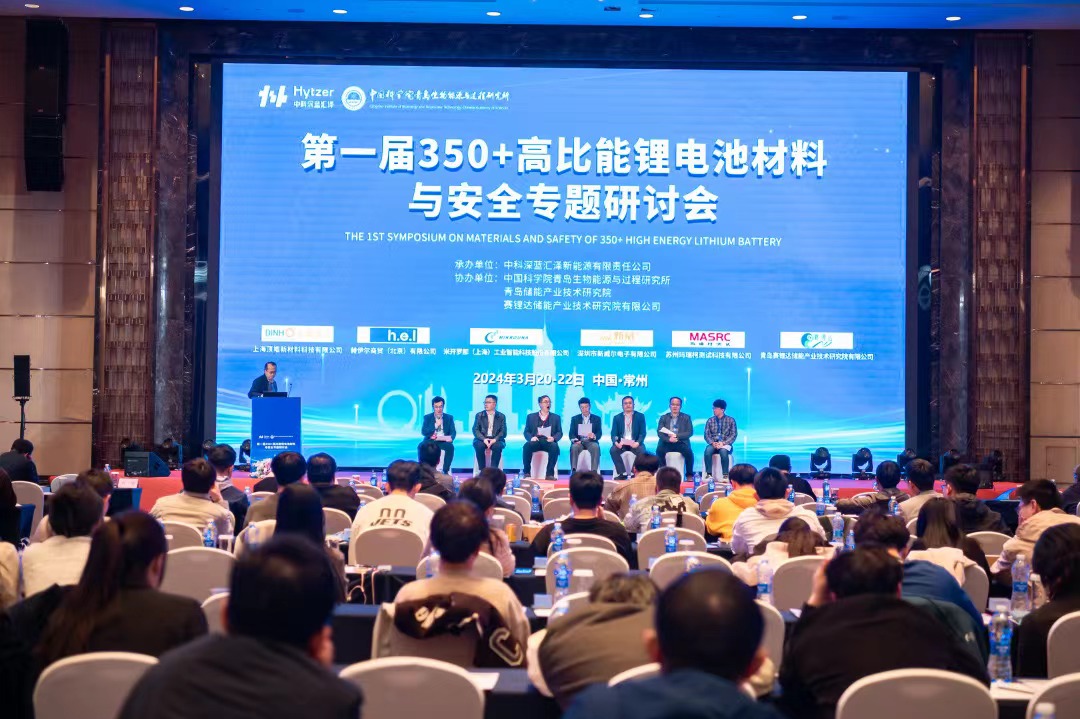
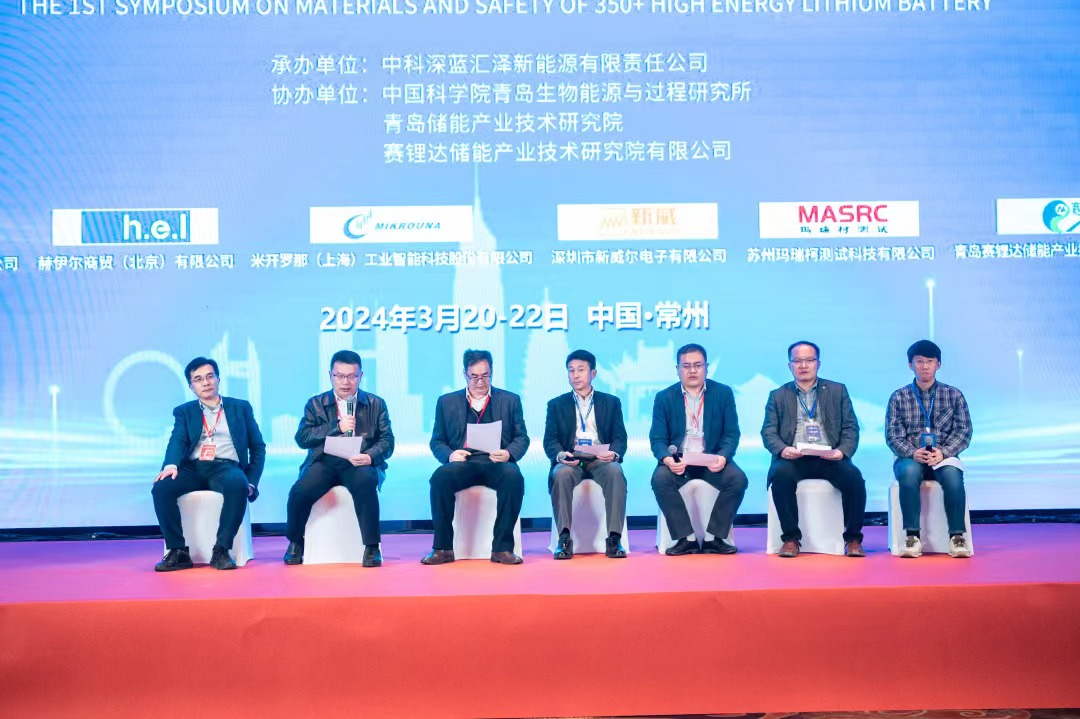
The roundtable discussion was chaired by Director Xiao Chengwei of the 18th Research Institute of China Electronics Technology Group Corporation. Participants included Researcher Cui Guanglei from the Qingdao Institute of Bioenergy and Bioprocess Technology of the Chinese Academy of Sciences, Professor Xia Dingguo from Peking University, Professor Zheng Honghe from Soochow University, Professor He Yanbing from Tsinghua University, Researcher Dong Shanmu from the Qingdao Institute of Bioenergy and Bioprocess Technology of the Chinese Academy of Sciences, Professor Song Jiangxuan from Xi'an Jiaotong University, and Chief Technology Officer Li Guohua from Shanghai Dinghao New Materials Technology Co., Ltd. The experts provided in-depth interpretations and analyses of hot topics such as the technical routes for 350+ lithium-ion batteries, the fundamental scientific issues and industrialization challenges that need to be addressed in the near future for lithium-rich manganese-based cathode materials, the technical challenges of silicon-based anodes, the bottleneck issues of binders, the development trends of separators, and the application prospects of thionyl chloride secondary batteries. Participants not only listened to the experts' insightful presentations but also engaged in lively discussions and exchanges on related topics, collectively exploring the direction and pathways for industry development, and charting new directions and goals for the development of high-energy-density lithium-ion batteries with high safety and long cycle life.
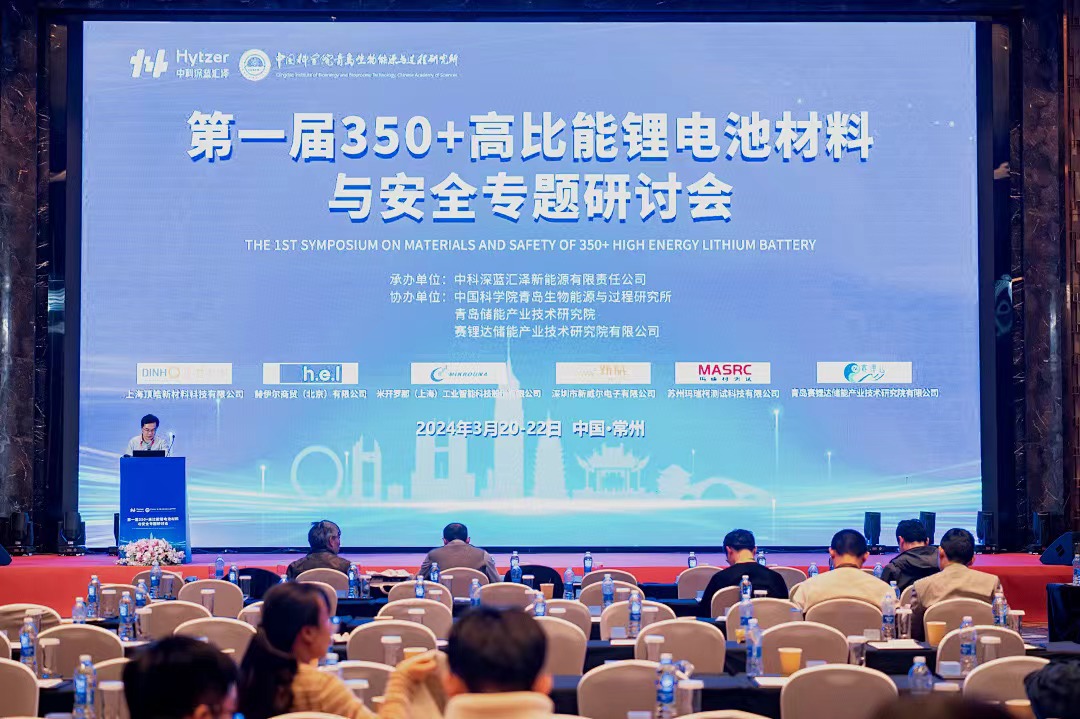
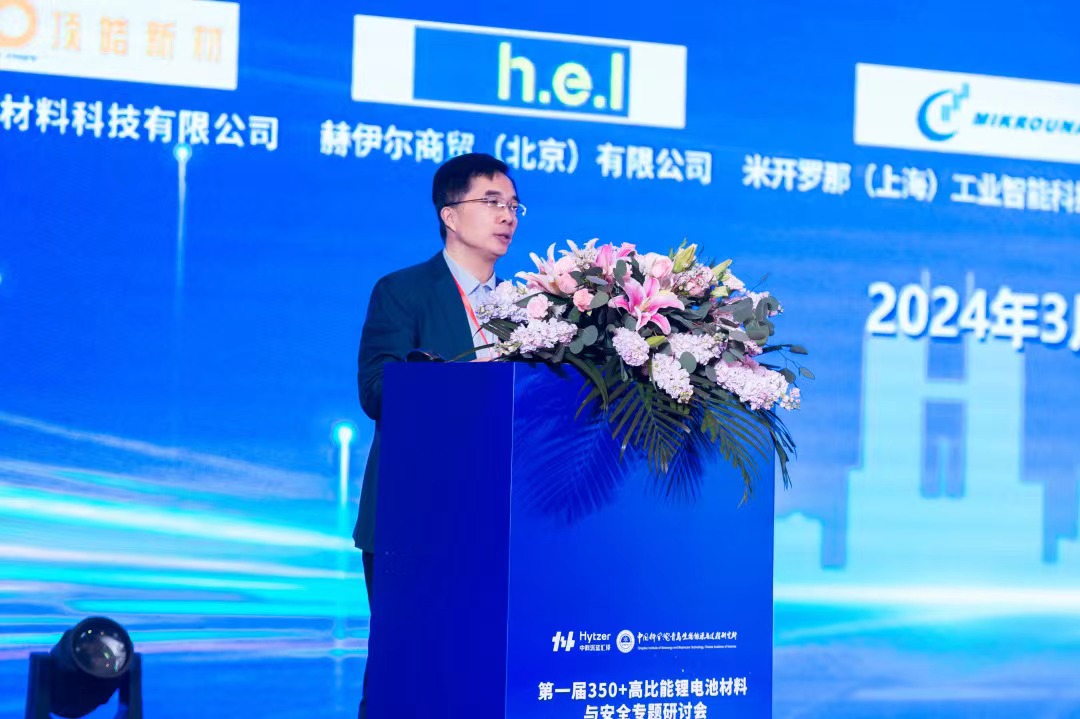
At the closing ceremony of the symposium, Dr. Cui Guanglei, Chief Scientist of Hytzer New Energy Co., Ltd and researcher at the Qingdao Institute of Bioenergy and Bioprocess Technology of the Chinese Academy of Sciences, expressed sincere gratitude to the participants for their enthusiastic participation and active contributions, and expressed confidence in future cooperation and development. It is hoped that this symposium will further promote exchange and cooperation in the field of lithium-ion battery materials, drive the healthy development of the industry, and pave new paths for sustainable social development while making greater contributions.
Let us look forward to the outcomes and achievements of this conference, and anticipate reuniting in future collaborations to witness the continuous innovation and development of high-energy-density lithium-ion battery technology! Once again, we extend our heartfelt gratitude to all participants for their involvement and support.
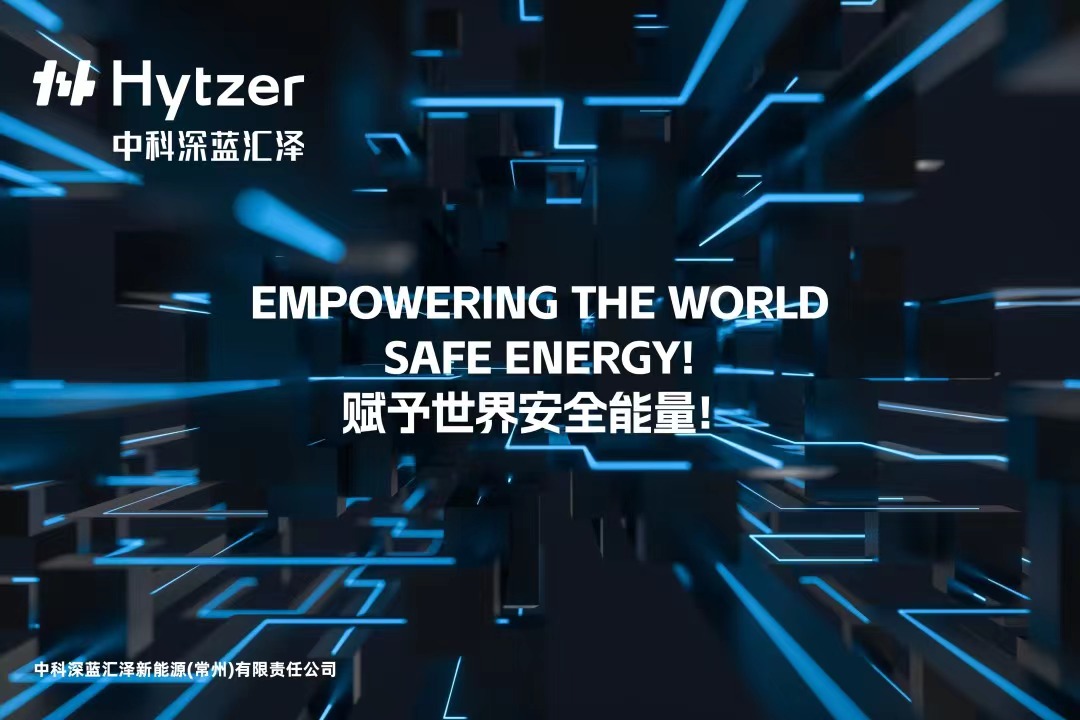
The conference organizer, Hytzer New Energy Co., Ltdwas established in April 2022. It is a high-tech enterprise in the new energy sector engaged in the research, development, manufacturing, and application of high-energy-density, high-safety solid-state lithium batteries, dedicated to providing next-generation solid-state lithium battery technology. Its solid-state lithium battery technology is inherited from the research team led by Dr. Cui Guanglei at the Qingdao Institute of Bioenergy and Bioprocess Technology of the Chinese Academy of Sciences. The team has been deeply involved in solid-state battery research for eighteen years, pioneering the internationally innovative “rigid-flexible integration-three-phase permeation” and “in-situ solidification-interface fusion” technologies. They have developed internationally leading key materials and core processes for solid-state battery electrolytes, successfully creating the fourth-generation solid-state lithium-ion battery that balances high energy density with high safety. The product has undergone long-term reliability testing in both deep-sea and deep-space environments, with performance leading globally.
The company has achieved several major breakthroughs in high-energy-density solid-state battery technology. A 77Ah polymer-based solid-state battery with an energy density of 350Wh/kg has successfully completed sample testing for an international automotive manufacturer's A-sample cell and received positive feedback. This achievement marks a new milestone in Zhongke Shenzhen Huize's innovative capabilities and R&D strength in the field of power battery technology, driving the rapid development of the new energy vehicle industry. Additionally, the company has made continuous breakthroughs in the research and development of high-energy-density lithium-ion battery materials, successfully completing practical application demonstration verification of a solid-state battery with an energy density of 500 Wh/kg. Furthermore, the company has achieved the world's first successful preparation of a high-energy-density secondary thionyl chloride prototype battery, with an energy density exceeding 700 Wh/kg. This will further expand the company's business scope in the field of new lithium-ion batteries, providing more efficient, safer, and more reliable energy solutions for multiple application areas.